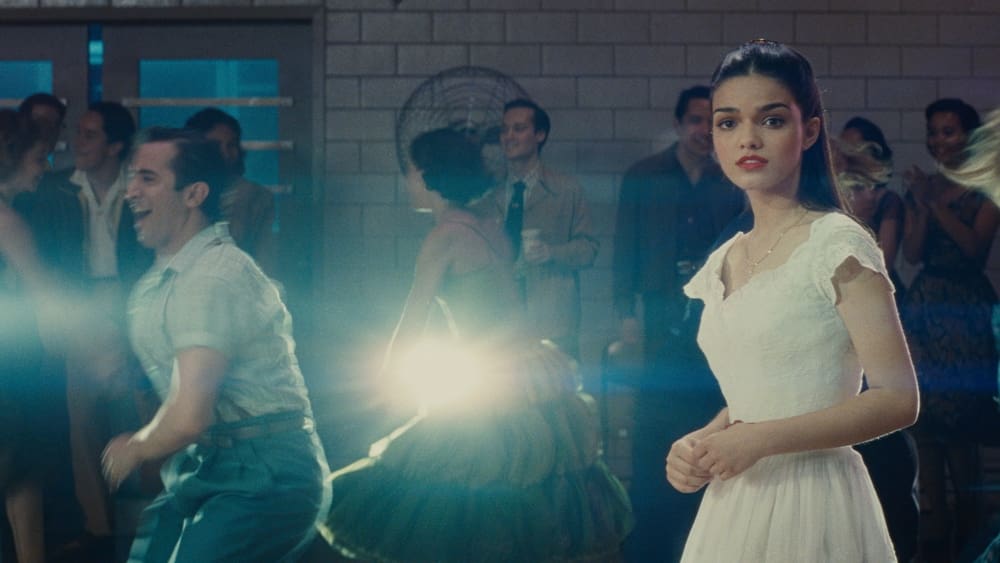In a Hollywood landscape that values IP over all else, studios are milking all they can out of whatever properties are sitting unused in their studio vaults. In the last decade, Disney has released 12 direct remakes of their animated films, with roughly nine more in the works, not including sequels to their already released remakes. They are all bad and for the same reasons. The films lose much of the energy and emotional expressiveness from the animation, and they don’t differentiate themselves enough from the original animated features to feel like losing those things was necessary.
Remakes are not a new phenomenon in Hollywood. The original “A Star Is Born” from 1937 has been remade three times, as early as the Judy Garland-led 1954 remake to the recently released Bradley Cooper-Lady Gaga feature in 2018. And remakes are not inherently worthless cash grabs. The 1978 remake of “Invasion of the Body Snatchers” does such creative work with the material that it has become the definitive version of that story. But what makes a remake valuable? What does one have to do with an existing story to make it worthwhile to watch a new version rather than firing up a readily available original?
To answer these questions, I want to look at Steven Spielberg’s 2021 remake of “West Side Story.” The original 1961 film is a personal favorite of mine, and while I wasn’t worried about a new version “ruining” my fondness for the classic (particularly with Spielberg at the helm), I was concerned about the necessity of remaking the musical. If a near-perfect version of the film exists, what can a remake possibly do to differentiate itself enough from the original and not lose what made it great in the first place? Most of the changes Spielberg and screenwriter Tony Kushner make are minor: following the structure of the stage musical closer than that of the original film, changing lyrics in songs (also following the stage musical), and most importantly, the Puerto Ricans in the film are no longer being played by white actors in brownface. But the major difference between the two “West Side Story” films is their aesthetics.
Spielberg and cinematographer Janusz Kaminski’s use of color is far more muted. The images are far more desaturated compared to the vibrancy of the 1961 version. It doesn’t aim to give the story a more realistic look — how realistic can a film where gang members snap and move like ballet dancers be? — but it makes the narrative feel more brutal and the tragedy more devastating. Spielberg and Kaminski are still interested in the artifice the use of color in the original version creates, but they go about it by manipulating light instead.
Spielberg can get the same vivacity that Wise does from using color, but he does it with camera movement. Whereas in the original version, the relatively static wide shots allow the actors to explore the space, and the grace and beauty of movement come from the choreography, in Spielberg’s version, the movement of the camera grabs that same grace and beauty and adds a sense of dynamism. It doesn’t lose any of what the original version has in terms of energy, it just captures it differently.
The 2021 version of “West Side Story” is the pinnacle of what the remake can be. It can fix flaws with an original work, but typically a remake will only be made for an already beloved film — how else can studios expect to make money if their IP is worthless? So to make a film remake worthwhile, the new version needs to capture the emotional weight of the original in a new, creative way. It’s not about making minor, surface-level changes. It's about using filmmaking tools and tricks the original didn’t (or maybe even couldn’t) to create a work that escapes the shadow of its predecessor. It needs to feel fresh, even when the material is old. Spielberg and company accomplish that with “West Side Story,” but its unfortunate box office struggles mean Hollywood likely won’t pay attention to the lessons they can learn from it. Instead, it’s more likely we get a neverending string of remakes like the live-action ones Disney keeps pumping out because they keep making money.

